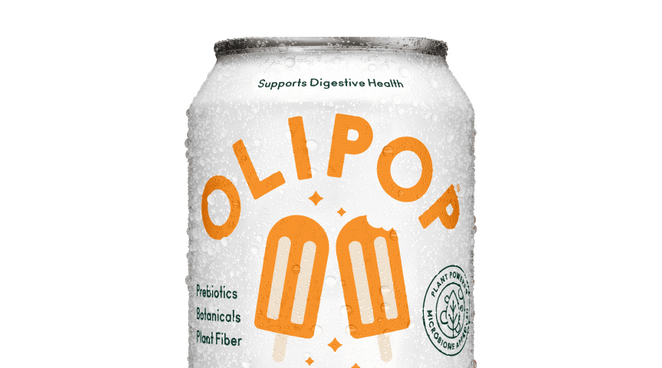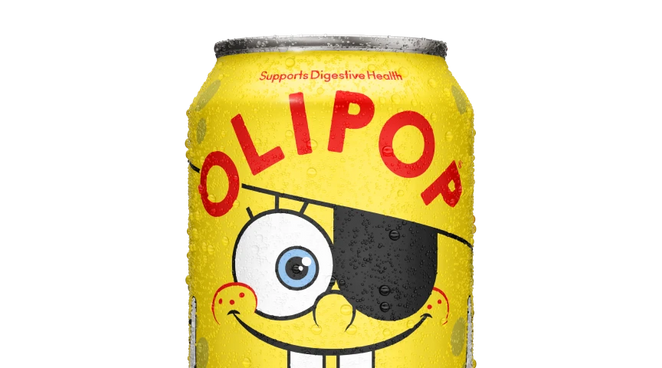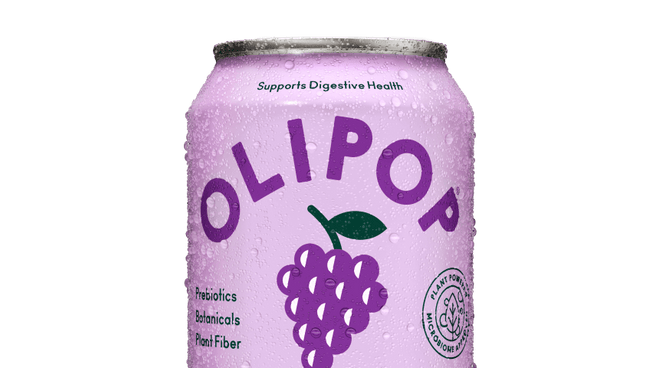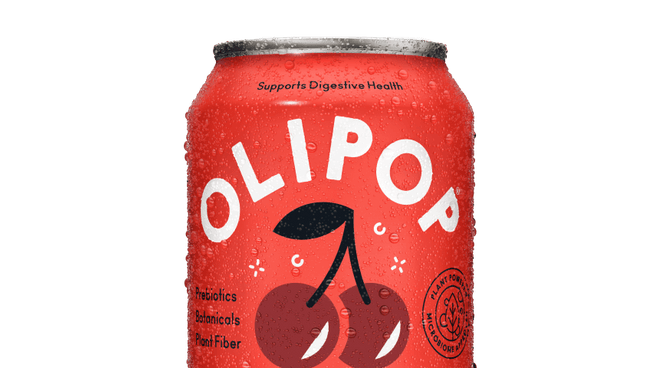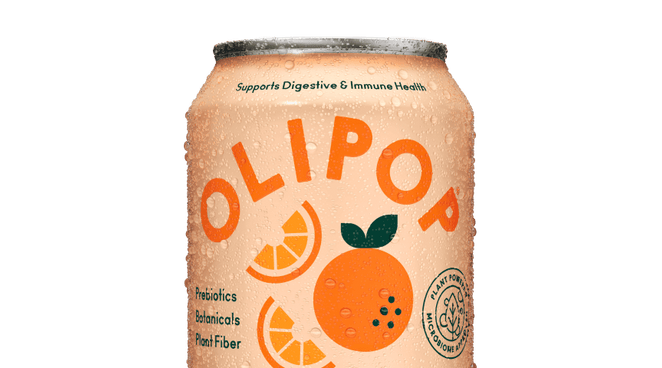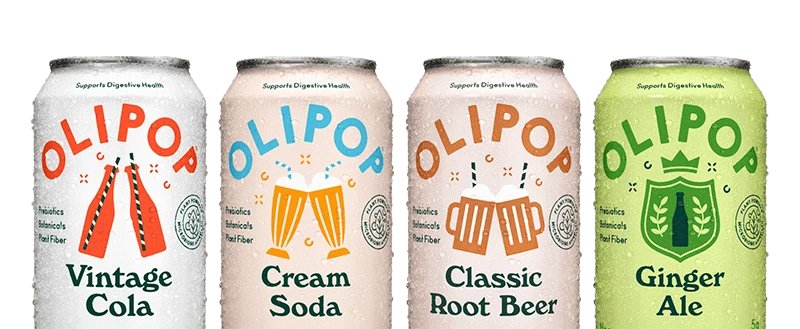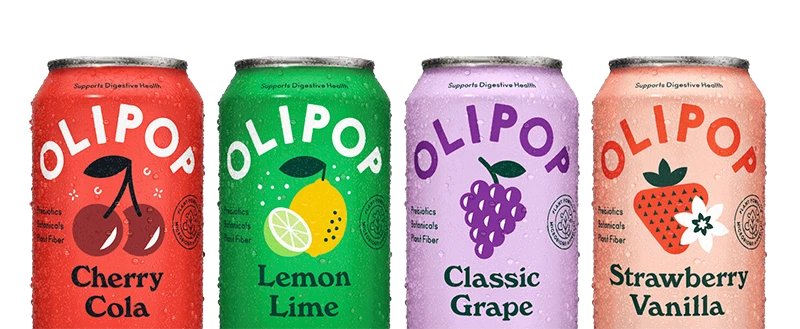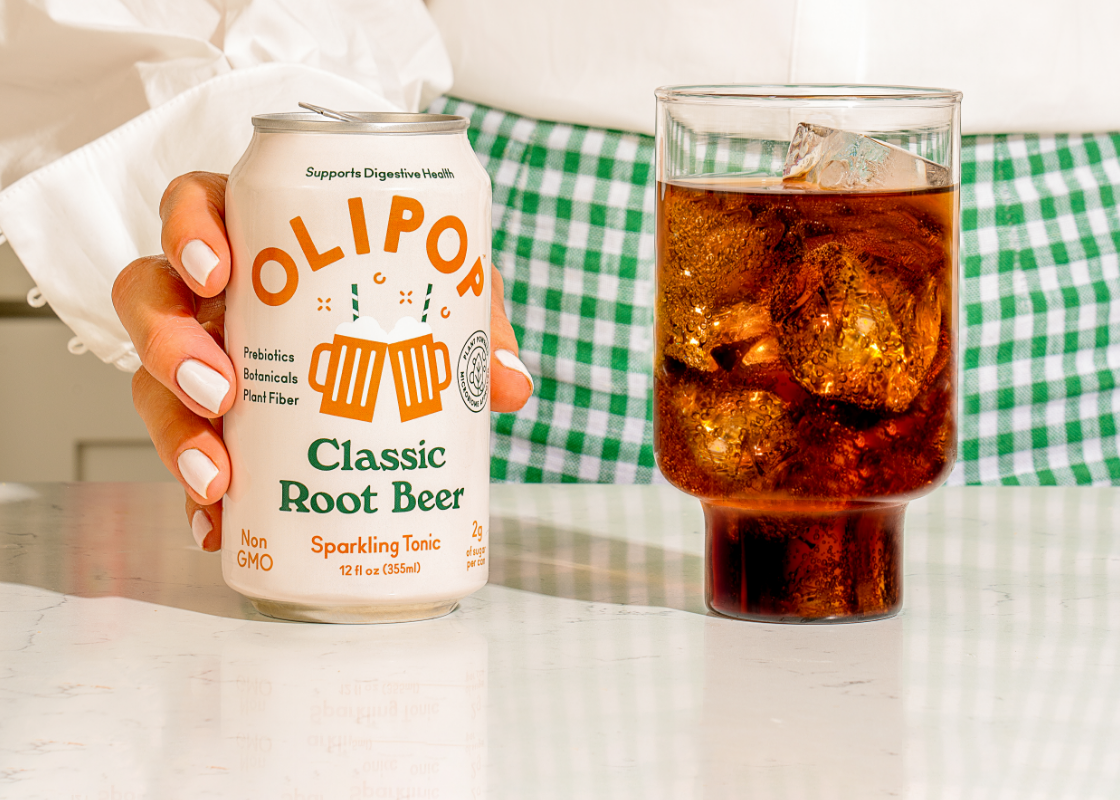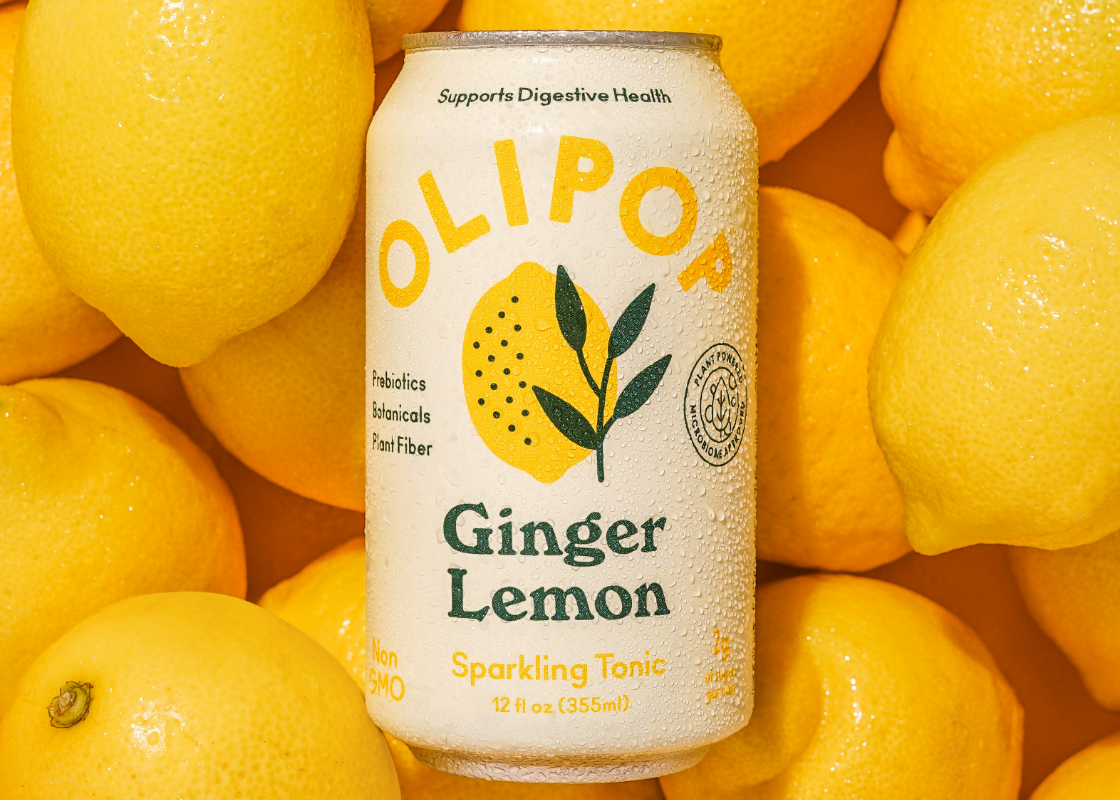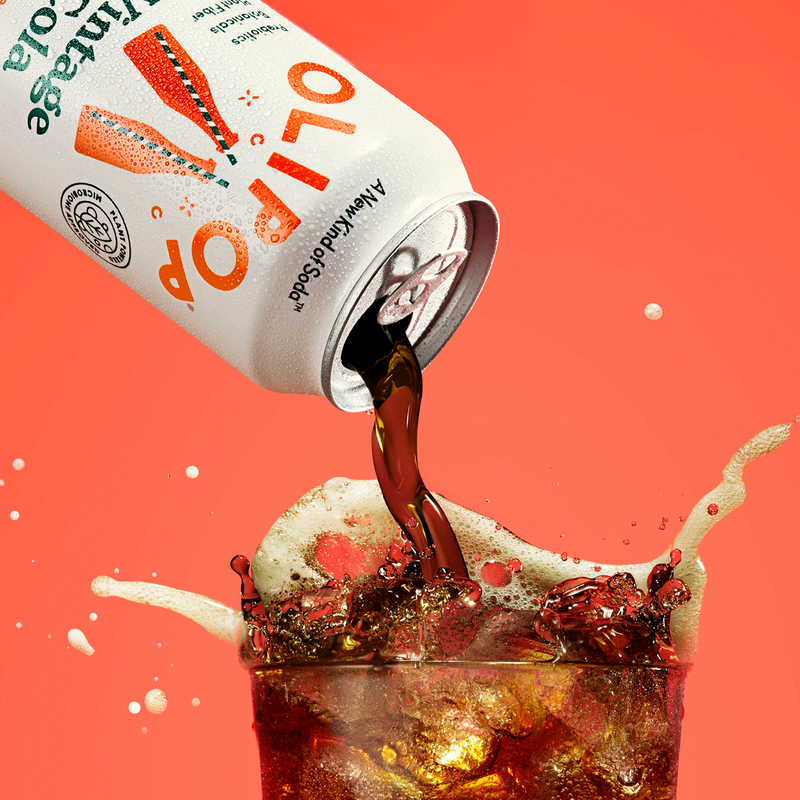As the saying goes, you are what you eat. While an adage, it happens to be true, right down to your gut's microbes. And that's what the Microbiome Diet is all about. This trendy diet by Dr. Raphael Kellman is all about eating certain foods (and avoiding others) to restore your gut health.
Whether you've been considering this buzzy Microbiome Diet or you've never heard of it before, we're glad you're here. Because the truth is, the importance of gut bacteria cannot be overstated. Here's what you need to know.
What Is the Microbiome?
First, let's start with the basics. A microbiome consists of all the microorganisms, like bacteria, archaea, fungi, and viruses, that live in a particular environment.1 Trillions of microorganisms, or microbiota, reside in your body, allowing every part of you to home a distinct microbiome. However, the main colonizations are on your skin, in your airways, your urogenital tract, your eyes, and your digestive system.
While all microbiomes are important and necessary, the largest and most powerful community of microorganisms is in your gut, namely, your large intestine. Your gut microbiome is home to a diverse community of microorganisms, including yeasts, archaea, parasites such as helminths, viruses, and protozoa.3
The Gut-Brain Axis
While you may know your gut plays a major role in digestion, what you might not know is that your gut is constantly communicating with your brain. And your gut performs a role in many essential functions like immune, metabolic, and cognitive health.
This connection between the brain and the gut is called "The Gut-Brain Axis". It's a network of connections that allow two-way communication between gut bacteria and the brain. The axis is crucial in maintaining homeostasis (aka a harmonious balance) of the gastrointestinal, central nervous, and microbial systems.4
Can Diet Impact Your Microbiome?
There are a few things that we know for sure about the microbiome. For one, we know that our microbiomes are greatly affected by factors such as genetics, lifestyle, medical interventions (i.e., antibiotics, vaccinations, etc.), and health status.
And yes, your diet is also a crucial factor affecting your microbiome health. In fact, data shows that changes in your diet impact up to 50% of the makeup of your gut microbiota.5 The underlying message: for our microbiome to function, you need to feed it.
How to Feed Your Microbiome: Eating a Diverse Diet
To maintain a balanced microbiome and set yourself up for optimal health, it’s vital to eat a varied diet. This includes lots of fruits, vegetables, and protein, and minimal amounts of sugar, fat, and salt. We know this by looking at a fully functional biome.
Today, the average American adult has around 1,200 different kinds of bacteria in their gut. While the modern-day average hunter-gatherer has a full third more of bacteria in their guts with 1,600 species. Like those living hunter and gatherer lifestyles, our ancestors also had more varied bacteria in their guts than the average American does today.5
What Is the Microbiome Diet?
The Microbiome Diet aims to address this deficiency with a three-phase program aimed at creating a healthy, balanced microbiome. Dr. Raphael Kellman introduced the diet back in 2014 in his book, “The Microbiome Diet: The Scientifically Proven Way to Restore Your Gut Health and Achieve Permanent Weight Loss".
Phase One: Elimination
First, is the 21-day elimination phase, during which you cut out anything that could cause inflammation, including:
- Pesticides
- Hormones
- Antibiotics
- Certain medications
- Grains
- Eggs
- Most legumes and dairy
- Starchy fruits and vegetables
- Packaged food
- Sugar
- Some fish and meat
As you're avoiding these foods, you're also eating a fiber-rich, plant-based diet with an emphasis on fermented foods that are high in probiotics. (Think: sauerkraut, kimchi, and yogurt.)
Phase Two: Building Gut-Healthy Habits
Phase two lasts 28 days and is less extreme, but still pretty limited. You’re allowed to reintroduce dairy, free-range eggs, gluten-free grains, legumes, and most fruits and vegetables. You’re also allowed to eat other off-limits food from phase one, but only 10% of the time.
Phase Three: Long-Term Maintenance
There is no set time frame for phase three. The idea is that by now your gut is healthy, so it’s now a matter of maintaining that gut health. The recommendation is to follow phase one 70% of the time and allow for other foods 30% of the time.
Some of the most problematic foods that you should avoid on this diet include:
- Processed and fried foods
- Sugar and high-fructose corn syrup
- Dried fruit and fruit juices
- Grains including gluten
- Trans and hydrogenated fats
- Artificial sweeteners
- Starchy fruits and vegetables
- Legumes other than lentils and chickpeas
Some foods that come highly recommended include fermented vegetables, wild salmon, grass-fed beef, non-starchy vegetables, chickpeas, lentils, nuts, seeds, and non-starchy fruits.6
Best Foods for Gut Health
Whether you're participating in the Microbiome Diet or not, there are other certain food groups you need to help maintain a healthy gut. These include:
Probiotics
Consuming probiotics is an important part of maintaining a healthy gut. Dubbed the “good bacteria,” probiotics include Lactobacillus acidophilus and Bifidobacterium. These good bacteria can help support a balanced microbiome and gut health. Some great sources of probiotics include yogurt, kefir, sauerkraut, and kimchi.
Organic Foods
It’s also important to choose organic food whenever possible to reduce your exposure to pesticides and hormones. However, if organic isn’t available, it is better to eat conventionally-grown produce than no produce at all. Many fruits and vegetables are natural sources of prebiotics, the fiber that essentially “feeds” probiotics, regardless of whether they were grown organically or conventionally.
Prebiotic Fiber
You’ve probably heard that probiotics can lead to better gut health and that eating organic food is preferable if possible. But if you haven’t also learned about the benefits of prebiotics, you’re missing an important piece of the gut health puzzle. Microbes feed on prebiotic fiber, which makes it an essential ingredient in this system.
So while you’re eating gut-healthy probiotic foods like yogurt, sauerkraut, and kimchi, don’t forget to also include foods high in prebiotic fiber. These include foods such as asparagus, a slightly underripe banana, Jerusalem artichokes, garlic, onions, and leeks. (And OLIPOP also contains prebiotic fiber!)
Diet Diversity
You can also take probiotic and prebiotic supplements. But we need more research to determine whether supplements are as beneficial as getting your prebiotics and probiotics from your food. So the best course of action is to ensure you have a diverse diet.
OLIPOP and the Microbiome
Now crack open a can of soda. If that doesn’t sound in line with the diet advice up until this point, then you haven’t gotten to know OLIPOP yet! It’s a new kind of soda that combines prebiotics, plant fiber, and botanicals to support gut health all while tasting like regular soda.
Essentially, OLIPOP combines ingredients that have prebiotics, so that the probiotics you’re consuming have something to feed off and keep you strong. We based our formula on rigorous scientific research and historical evidence, coming at you in flavors that are both nostalgic and modern (think Classic Root Beer, Vintage Cola, and Ginger Lemon).
With an army of trillions of microbiota in your body to feed, keeping everyone balanced and happy with a can of OLIPOP is a no-brainer for the Microbiome Diet (or any diet that prioritizes gut health!).
Sources
- Ursell, Luke K, Jessica L Metcalf, Laura Wegener Parfrey, and Rob Knight. “Defining the Human Microbiome.” Nutrition Reviews 70 (August 2012): S38–44. https://doi.org/10.1111/j.1753-4887.2012.00493.x.
- Cani, Patrice D. “Human Gut Microbiome: Hopes, Threats and Promises.” Gut 67, no. 9 (June 22, 2018): 1716–25. https://doi.org/10.1136/gutjnl-2018-316723.
- “The Microbiome.” The Nutrition Source, August 16, 2017. https://www.hsph.harvard.edu/nutritionsource/microbiome/.
- Orhan Akpinar, “The Gut-Brain Axis: Interactions between Microbiota and Nervous Systems,” Journal of Cellular Neuroscience and Oxidative Stress 10, no. 3 (August 18, 2018): 783–783, https://doi.org/10.37212/jcnos.610103.
- John F. Cryan et al., “The Microbiota-Gut-Brain Axis,” Physiological Reviews 99, no. 4 (October 1, 2019): 1877–2013, https://doi.org/10.1152/physrev.00018.2018.
- Petre, Alina. “The Microbiome Diet: Can It Restore Your Gut Health?” Healthline. Healthline Media, January 22, 2019. https://www.healthline.com/nutrition/microbiome-diet#foods-to-eat
- Everyone’s microbiome makeup differs according to their DNA, as well as their environment and diet. It is important to maintain balance in your microbiome in order to support your overall health.
- The Microbiome Diet by Dr. Raphael Kellman is all about eating certain foods (and avoiding others) to restore this balance in your gut. It involves a three-phase program aimed at creating a healthy, balanced microbiome.
- Whether you're participating in the Microbiome Diet or not, there are other certain food groups you need to help maintain a healthy gut. These include lots of fruits, vegetables and protein, probiotics, prebiotics, and minimal sugar, fat and salt.

